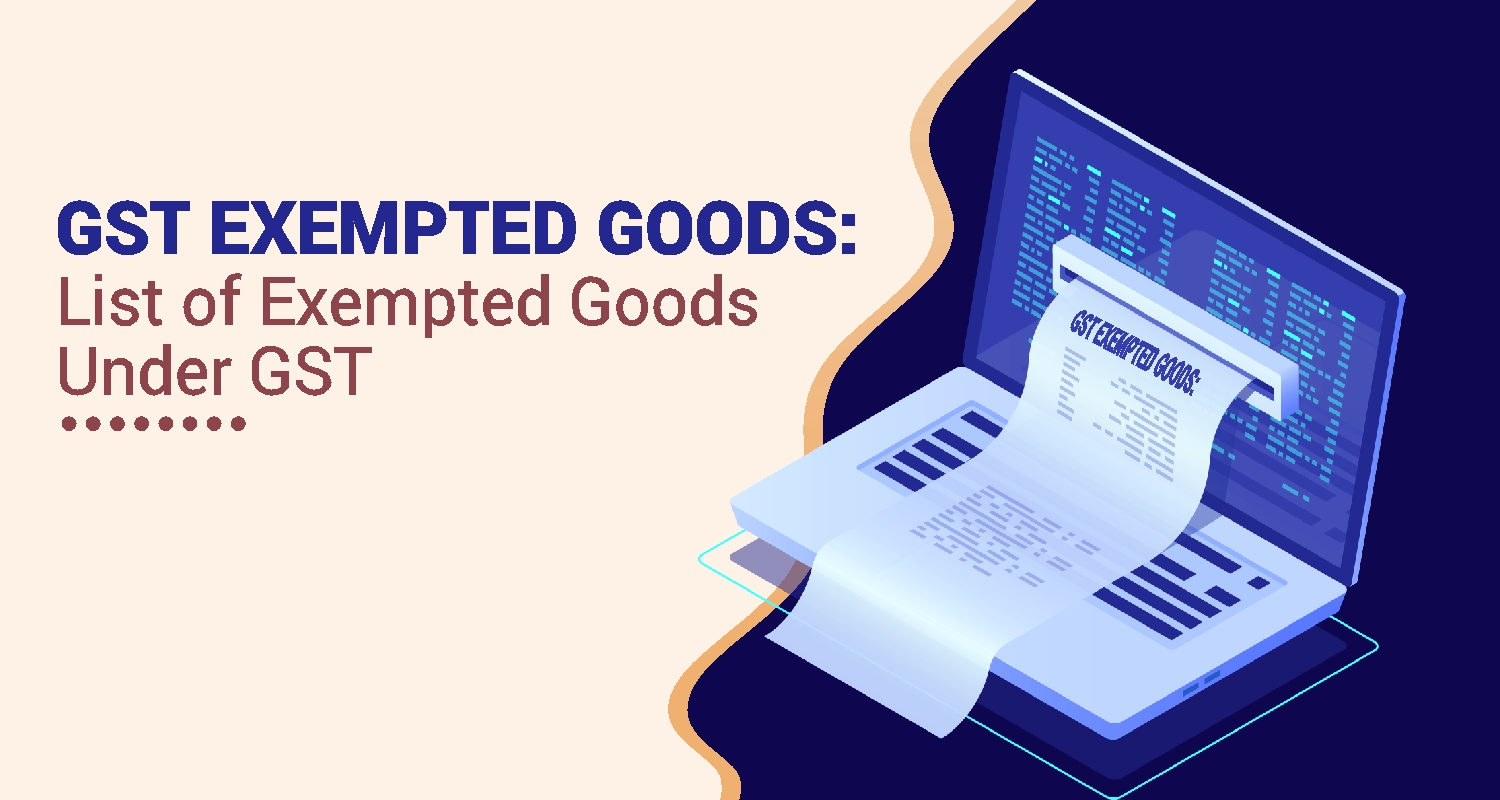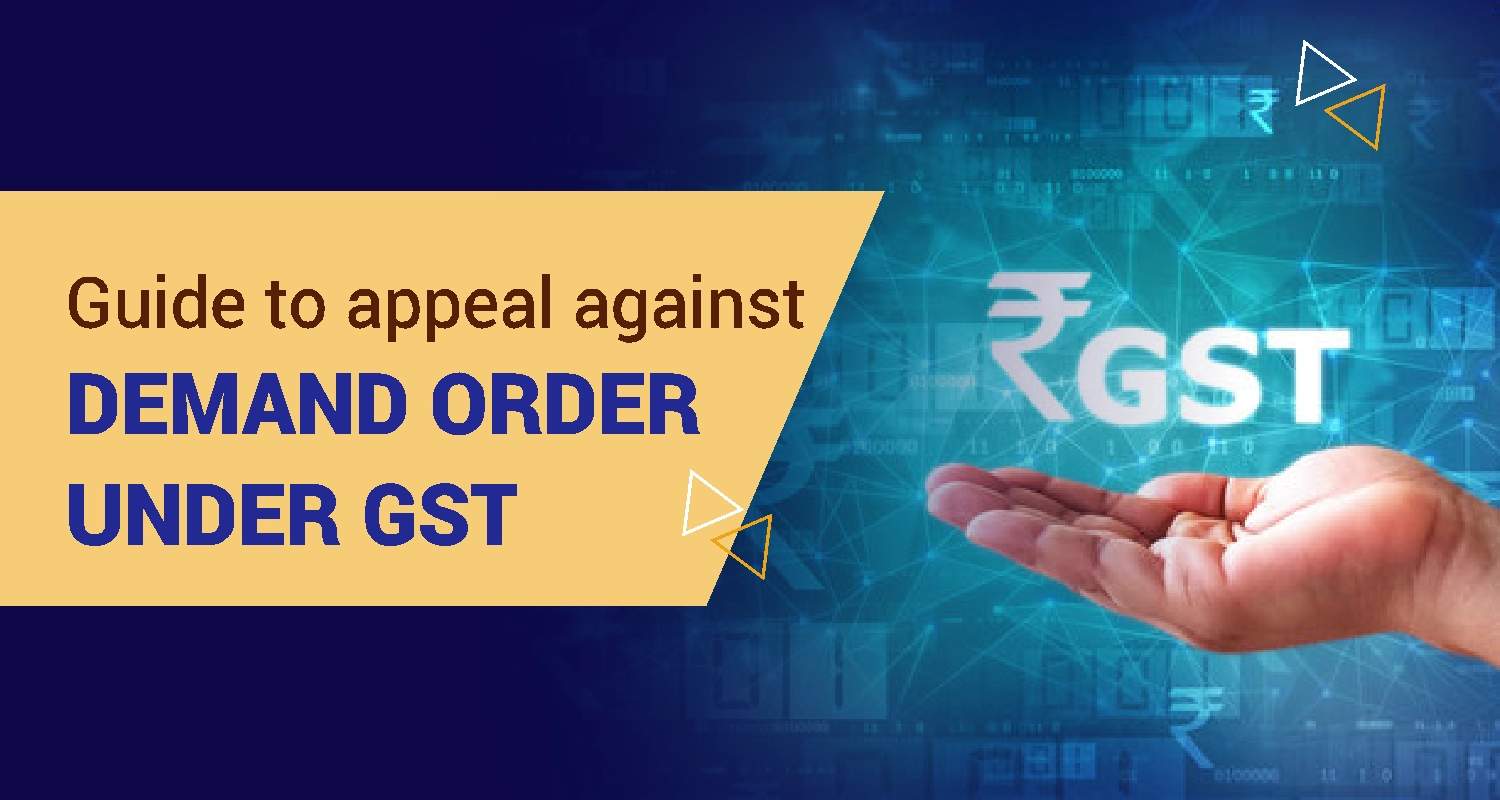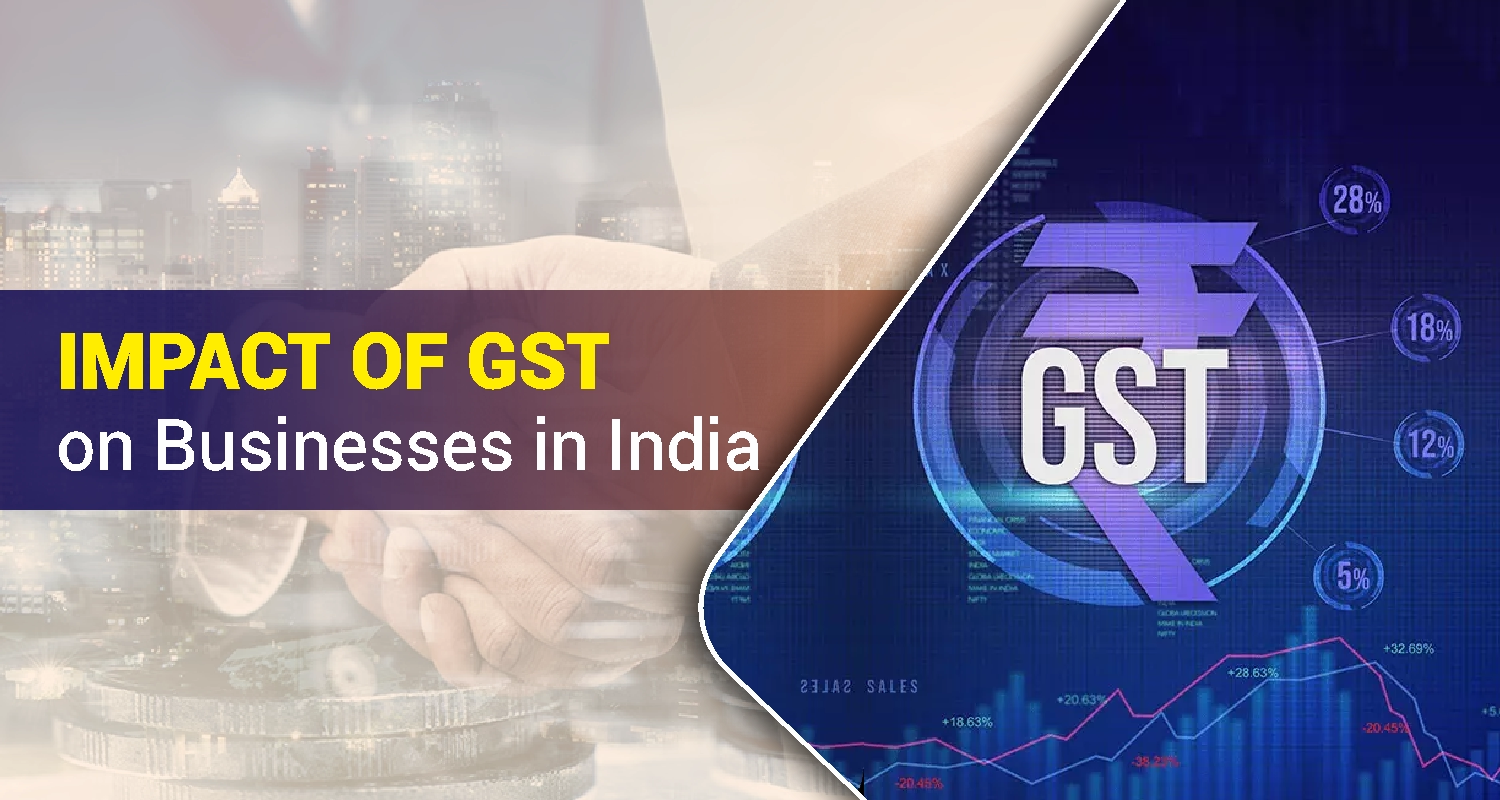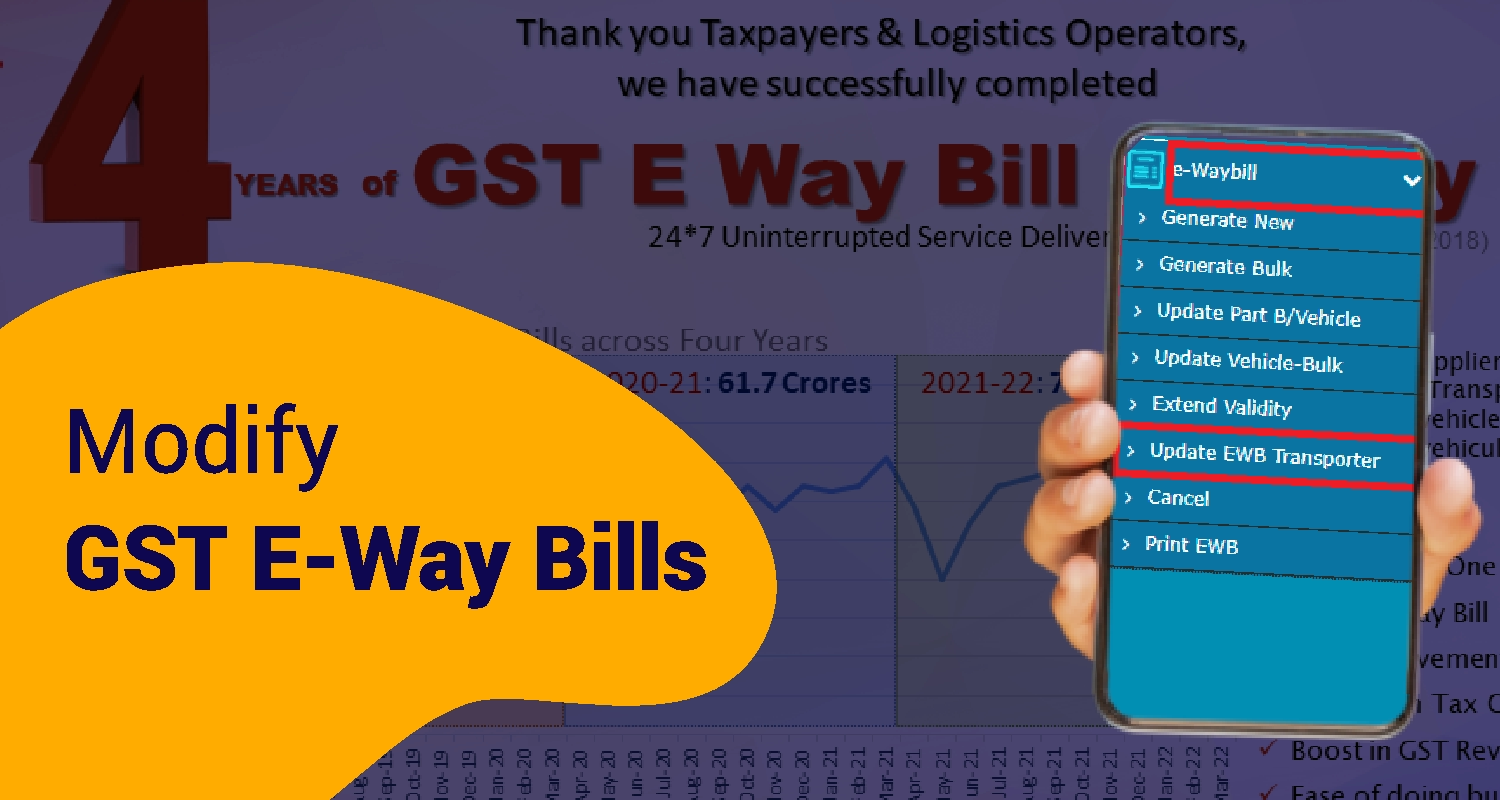What is TDS (Tax Deducted at Source) and How Does It Work?
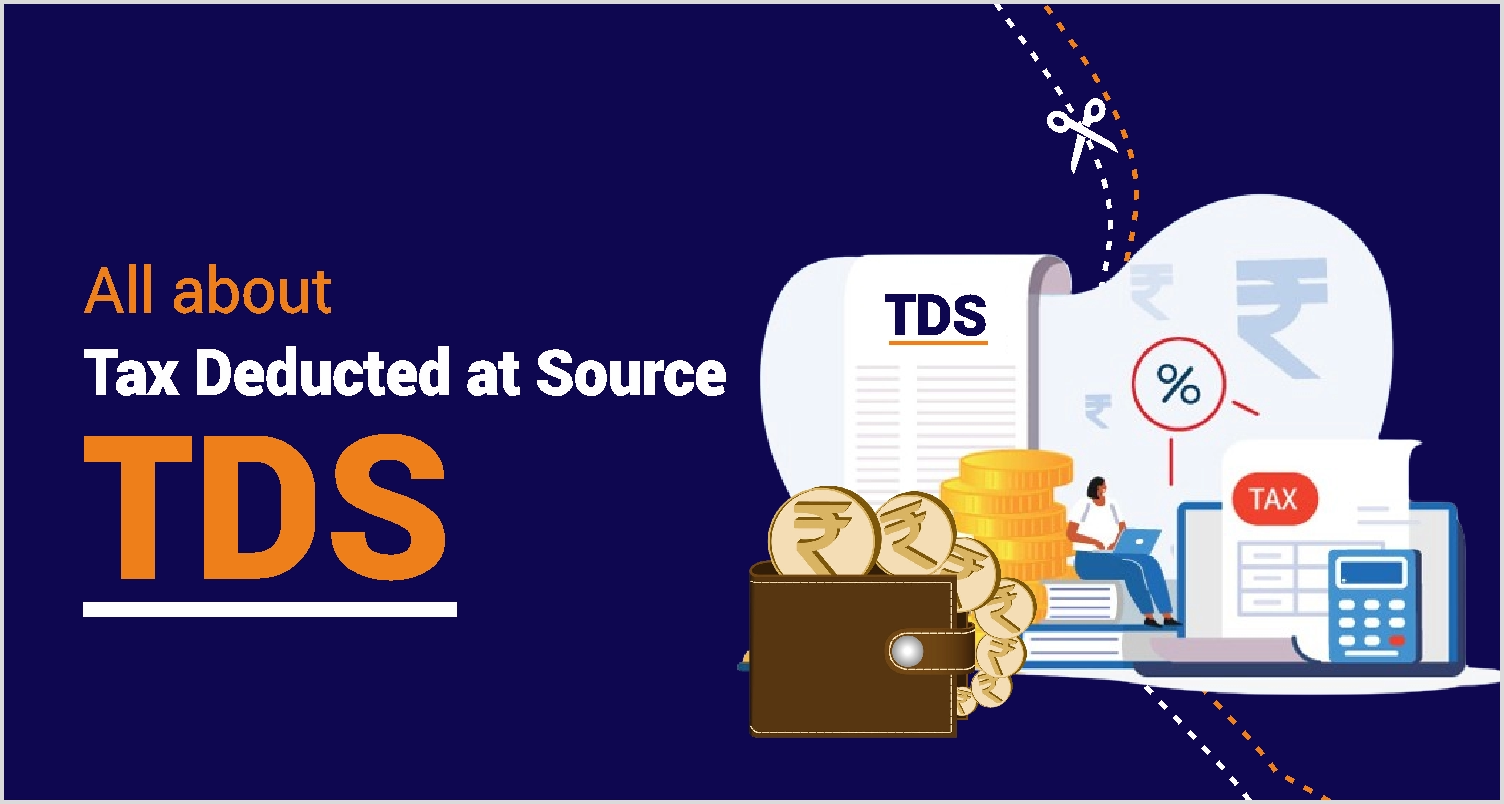
You may have encountered the term TDS and wondered about its significance. To explain, TDS refers to Tax Deducted at the Source, which is used to maintain tax compliance and prevent evasion. With TDS in place, you do not need to worry and can focus on work confidently and peacefully.
This blog will explain what TDS is and provide the essentials, such as rates, filings, and claims. Understanding TDS will save time, money, stress, and queries on whether to pay taxes as a business or an individual.
What is TDS?
Tax Deducted at Source refers to an advance tax, a portion of the total tax liability paid before the end of the financial year. The Government of India periodically levies this advance tax, and after a taxpayer files the Income Tax return, the deducted TDS is claimed as a tax refund.
When making a payment, such as rent, commission, professional fees, salary, interest, etc., the money paid is subject to a certain percentage of tax deduction. This deduction is deposited as income tax TDS with the government. The TDS system ensures that taxes are collected at the source of income, and the recipient is credited with the deduction while filing their income tax return. This way, the government collects tax in advance and tracks transactions effectively. So, the TDS in income tax saves an individual or company a lot of time and stress.
What is the objective of TDS in income tax?
The TDS collection objectives are given below:
Ensuring Timely Collection of Taxes- Instead of waiting for annual tax filing, the TDS mechanism simplifies tax collection timely during income generation as income tax TDS.
- As a result, the government has a steady flow of revenue throughout the year.
- TDS reduces the possibility of taxpayers concealing their income by deducting taxes directly from the source
- By this method, TDS facilitates better transparency of income tax TDS reporting besides compliance with tax laws.
- The TDS system streamlines tax collection by assigning the duty of tax deduction and deposit to employers, banks, and other payers.
- This reduces the government's and individual taxpayers' administrative burden for income tax TDS collection.
- Both the government and individual taxpayers can be free of the administrative workload.
- Both government and taxpayers can effectively monitor tax payments, as TDS under the Income Tax Act deductions are recorded in Form 26AS.
- Taxpayers get credit for taxes they’ve already paid when filing their returns, promoting accountability.
- Both deductors and deductees must comply with the tax rules, as TDS requires regular submissions and certificates.
- This system encourages taxpayers to follow the rules regularly to avoid penalties for not complying with TDS under the Income Tax Act.
What are the income sources that qualify for TDS?
The income sources that qualify for TDS are given below:
- Salary
- Payments to Contractor
- Commission payments
- Sale of House
- Insurance Commission
- Interest on securities
- Interest other than interest on securities
- Rent Payment
- Professional fees
- Online Gaming
- If you have won money from any games like a lottery, crossword puzzle, card, etc.
Example of TDS deduction: Let's check some examples to understand the meaning of TDS better with its application:
Example 1: Mr Anand, a self-employed professional, paid Rs.40,000 in advance and received another Rs.20,000 after completing work.
Here, the employer will deduct TDS from the advance (Rs.4,000, 10% of Rs.40,000) and the rest (Rs.2,000, 10% of Rs.20,000). So, the total payable taxable amount will be Rs.6,000.
Example 2: Mr. Anand receives the full payment after completing his work. Here, his payee will tax him Rs.6,000 from the total sum, and he will be paid Rs.54,000 for his work.
Sapna aapka. Business Loan Humara.
Apply NowWhen Should TDS be Deducted and by Whom?
This table organises the scenarios around TDS deductions and provides a quick reference for understanding when and how TDS in income tax is deducted based on a person's situation.
| Scenario | TDS Deduction Requirement | Rate of TDS | Additional Information |
| Individual or HUF (business/profession turnover below Rs. 1 crore or Rs. 50 lakhs) |
No TDS deduction is required |
N/A |
TDS is not required if turnover is below specified limits |
| Rent Payments (by Individual or HUF exceeding Rs. 50,000 per month) |
TDS must be deducted |
5% |
Even if not liable for a tax audit, TDS must be deducted at 5% |
| Salary Payments (by Employer) |
TDS deducted at applicable income tax slab rates |
Based on income tax slab rates |
The employer makes the TDS deduction based on income tax slab rates |
| Bank Interest (with PAN) |
TDS deducted |
10% |
TDS deducted at 10%, unless PAN is missing |
| Bank Interest (without PAN) |
TDS deducted |
20% |
TDS deducted at 20% if PAN information is missing |
| No TDS (below taxable income limit) |
No TDS deduction |
N/A |
Form 15G or 15H needs to be submitted to the bank or employer to avoid TDS if total income is below the taxable limit |
| Refund of TDS |
If TDS is deducted but total income is below the taxable limit |
N/A |
A return needs to be filed to claim a refund of excess TDS deducted |
What are the benefits of tax deduction at Source or TDS?
TDS offers several benefits that make it a crucial part of the tax system. It makes tax payments worry-free for the taxpayer, ensures transparency in tax collection, and acts as a stable income for the government. Let's find out more benefits below:
1. TDS under the Income Tax Act makes it hassle-free for the taxpayerFiling Income Tax Returns (ITR) while paying taxes or checking the status of TDS can be very stressful. But with TDS, one need not be worried, as taxes are automatically deducted, making it effortless for taxpayers to file for ITR and pay their taxes.
2. Tax Deducted at Source ensures transparencyTaxpayers do not need to worry about being deceived when paying their taxes or filing TDS returns. The government can monitor taxpayers and be convinced that no one can hide or escape paying taxes.
3. Acts as a stable income for the GovernmentAcrucial and stable income for the country's government is TDS, which taxpayers pay. The Government uses its revenue from TDS under the Income Tax Act to provide various facilities and necessities like electricity, water, technology, public transport, defense, and security.
How to make a TDS payment?
TDS can be paid online and offline.
Online: The TDS must be deposited by the person deducting it to the government at a specific time. Follow these steps to pay your income tax TDS online.
- Visit NSDL’s official website. Select ‘click’ to pay tax online.
- Click on proceed’ and select ‘CHALLAN NO./ITNS 281’ under the TDS/TCS section.
- Fill in the challan details, such as assessment year, payment type, and TAN. Enter the captcha and select submit. Your full name will show on the screen till your TAN is valid.
- On confirming all information, you will be redirected to the net banking page
- Join with your net banking credentials provided by the bank and make the TDS payment.
- After a successful online TDS payment, a challan will be generated. This challan summarises the corporate identity number and bank and payment details. Keep this carefully for future reference.
Offline: Here,thedeductors need to deposit the TDS challans at the bank branches in person which they can download online and complete all the required details. The next step is that they must deposit the TDS amount and the challan at the nearest bank branch. Once the challan has been submitted, a counterfoil will be provided. The counterfoil can be used as proof after being stamped by the bank for future action.
What are the benefits of online TDS payment?
- It is feasible to make payments from anywhere.
- There is flexibility in time.
- There is no need to go physically and stand in long queues, hence saving time and money.
- Others need not worry as their TDS gets paid on time.
- You can immediately get an acknowledgment of payment.
- The Income Tax department, receives the e-challan directly
- You do not have to maintain physical records, and it avoids mistakes like overwriting.
- Faster and secure
How to Check TDS Payment Online: Here are a few steps to check the payment status of TDS in income tax on the e-Filing website -
- One has to log into in to the official e-filing website of the Income Tax Department.
- New users must register to this portal. If a registered member, log in with required credentials.
- To "View Form 26AS". click to the ‘My Account’ option
- One can download the file in PDF format by selecting the year. The date of birth is required to open the password-protected file.
- Alternatively, net banking option is used to check the TDS payment status. However, it would help if PAN is linked to the net banking portal.
What are the due dates for depositing the TDS amount with the government?
Once the TDS amount is deducted, the deductor has to deposit this amount with the Government within the given time to make your TDS payment. Listed are the due dates for depositing TDS for government assessees and other assessees below
How much is the Penalty for delayed Payment & Late Return Filing?
Section 201(1A) has the details of Late deduction or Late payment of TDS
Late Deduction: If TDS is deducted but not deposited to the Government, then interest will be charged at
- @1% per month or its part
- On the TDS amount from the date on which TDS was to be deducted
- To the date of getting the return
Late Payment: In case TDS has not been deposited, then interest will be charged
- @1.5%per month or its part
- On the amount of TDS from the date on which TDS was to be deposited
- To the date on which TDS was actually deposited
Section 234E:- It provides the Late fee for default in the deposition of TDS/TCS returns within the due date
Under this section, the penalty is Rs. 200 per day. The penalty will be calculated until the deductor deposits the TDS in income tax. The penalty amount has to be less than the amount of TDS.
For example, Mr John is required to file his TDS return for Q2 (July - September), which is due on October 31. Now, Mr. John filed his return for Q2 on November 15. Here, the total amount of TDS for which the return needs to be filed is Rs 2500.
Conclusion
For effective financial planning and compliance with tax regulations, it is crucial to understand TDS. It ensures a steady flow of revenue for the Government while reducing the burden of lump-sum tax payments for individuals and businesses. To avoid unnecessary penalties and enhance tax obligations, one needs to be informed about TDS rates, deadlines, and the process for claiming refunds. A well-managed TDS system reflects the financial discipline and contributes to the nation’s development.
FAQs
Q1. What are the responsibilities of the person deducting tax at source?Ans. A person who deducts TDS is responsible for the following:
- All documents should contain the Tax Deduction Account Number related to TDS, which the employer must obtain
- Deduct the TDS at the applicable rate.
- Deposit the TDS amount with the Government by the specified time
- Maintain the specified time to file TDS returns
- TDS certificate should be issued to the payee within the specified time
Ans. Employers must deduct TDS from the salary of the employee's average income tax rate for the year. The percentage of the income that is paid in taxes is the average income tax. It can be calculated by taking the total amount of tax owed (based on the different tax brackets) and dividing it by the total income.
Q3. How is TDS linked to PAN, and how to claim tax credits?Ans. TDS deductions are directly linked to the PAN, so all the TDS amounts will be available in Form 26AS. This form can claim atax credit against the total tax liability while filing annual income tax returns, Advance taxes, and self-assessment taxes.
Q4. What is the new rule of TDS?Ans. Under revised regulations, companies can deposit TDS up to the deadline for filing the revised TDS returns. An extra 20 days are allowed in this case. Beginning October 1, 2024, employers will be allowed an extended period to deduct Tax Deducted at Source (TDS) from employees' salaries.
Sapna aapka. Business Loan Humara.
Apply NowDisclaimer: The information contained in this post is for general information purposes only. IIFL Finance Limited (including its associates and affiliates) ("the Company") assumes no liability or responsibility for any errors or omissions in the contents of this post and under no circumstances shall the Company be liable for any damage, loss, injury or disappointment etc. suffered by any reader. All information in this post is provided "as is", with no guarantee of completeness, accuracy, timeliness or of the results etc. obtained from the use of this information, and without warranty of any kind, express or implied, including, but not limited to warranties of performance, merchantability and fitness for a particular purpose. Given the changing nature of laws, rules and regulations, there may be delays, omissions or inaccuracies in the information contained in this post. The information on this post is provided with the understanding that the Company is not herein engaged in rendering legal, accounting, tax, or other professional advice and services. As such, it should not be used as a substitute for consultation with professional accounting, tax, legal or other competent advisers. This post may contain views and opinions which are those of the authors and do not necessarily reflect the official policy or position of any other agency or organization. This post may also contain links to external websites that are not provided or maintained by or in any way affiliated with the Company and the Company does not guarantee the accuracy, relevance, timeliness, or completeness of any information on these external websites. Any/ all (Gold/ Personal/ Business) loan product specifications and information that maybe stated in this post are subject to change from time to time, readers are advised to reach out to the Company for current specifications of the said (Gold/ Personal/ Business) loan.
